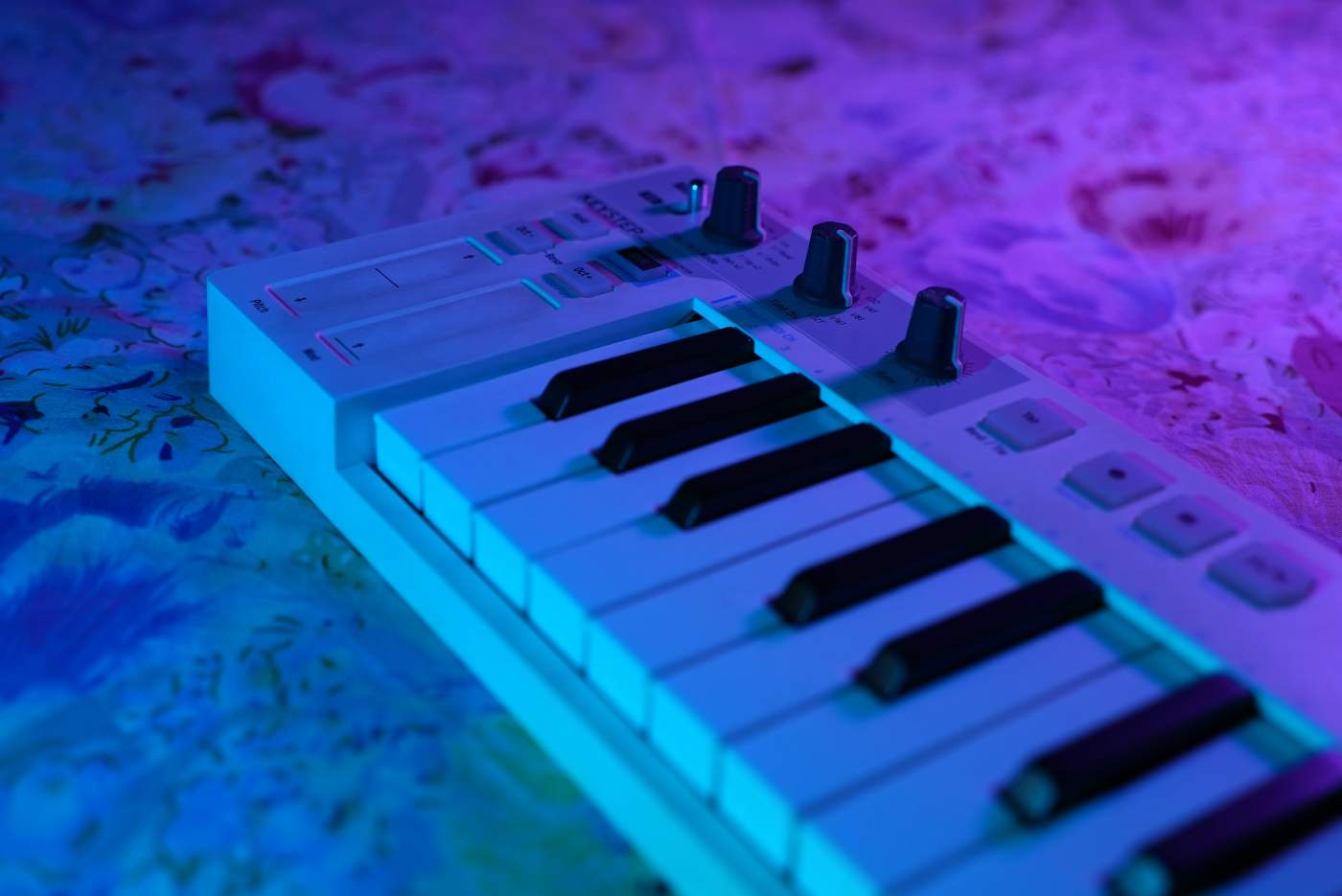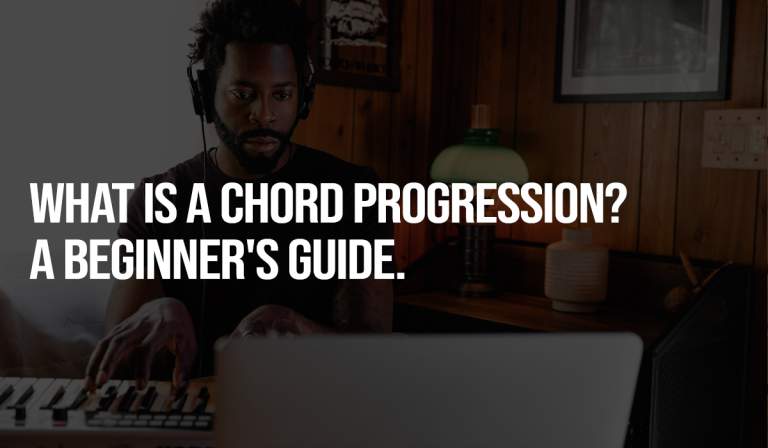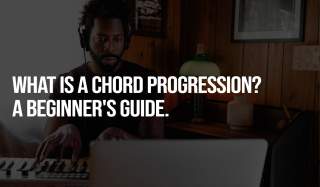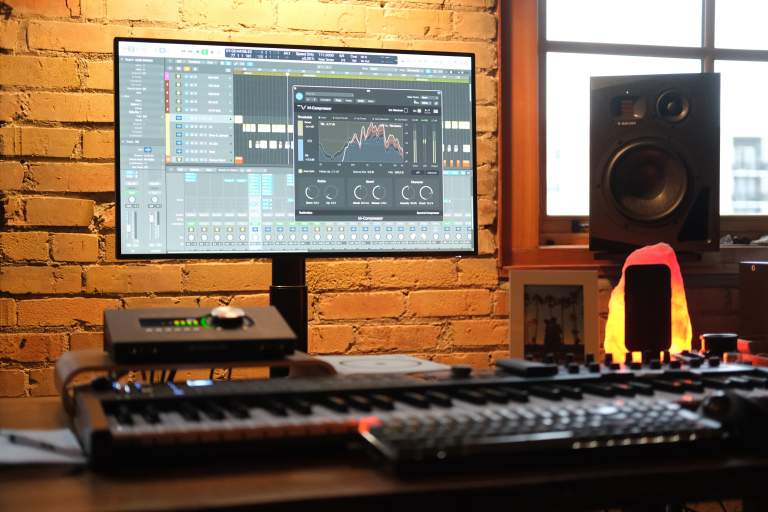Table of contents:
A MIDI keyboard (Musical Instrument Digital Interface) is a device or interface used for communication between musical instruments or controllers and a computer or other electronic devices. MIDI is a standard protocol for transmitting information about sounds, notes, dynamics, and other musical aspects in the form of numerical data.
MIDI keyboards come in various forms, including:
- MIDI Controller Keyboard: Similar to a regular keyboard instrument, but it typically does not generate sound on its own. Instead, it controls other musical devices such as synthesizers, samplers, or music software on a computer.
- MIDI Keyboard with Sounds: Some MIDI keyboards have built-in sounds, allowing them to generate sound without needing to connect to an external device.
- MIDI Keyboard with Visual Display: Advanced MIDI keyboards may feature built-in displays, providing more sophisticated control and configuration of musical parameters.
MIDI keyboards utilize the standard MIDI interface, which allows for the transmission of information such as notes, controller values, dynamics, sound effects, etc. The data is usually in binary form and can be transmitted via MIDI cable or USB interfaces. This data is then interpreted by music software or devices that generate the corresponding sounds or effects based on the received MIDI data.
Examples of MIDI Keyboards
Here are some popular examples of MIDI keyboards:
- Akai MPK Mini: A compact MIDI keyboard with controllers, offering keys, drum pads, and knobs, perfect for music production on the go.
- Novation Launchkey: Known for its integration with music production software, offering keys, pads, and knobs to control sound parameters.
- M-Audio Oxygen: Popular among music producers, featuring keys with aftertouch and numerous controllers for precise control.
- Native Instruments Komplete Kontrol: Optimized for use with Native Instruments software, offering advanced integration with virtual instruments.
- Arturia KeyLab: A series of MIDI keyboards with touch-sensitive keys and various knobs and control buttons.
- Roland A-49: An example of a MIDI keyboard from Roland, known for its simple and elegant design.
- Nektar Impact: Featuring intuitive controls, suitable for both beginners and advanced users.
- Alesis V series: Offers weighted keys that mimic the feel of traditional keyboard instruments.
- CME Xkey: An ultra-thin MIDI keyboard ideal for mobile music creation.
- Studiologic SL88: Offers weighted keys and advanced control features for more experienced musicians.
These examples represent only a small portion of available MIDI keyboards. The market offers a wide range of options, varying in size, features, level of advancement, and price, allowing musicians to choose the model that best suits their needs.
Choosing the Number of Keys for a MIDI Keyboard
The number of keys on a MIDI keyboard you choose for your studio depends on your needs and preferences. MIDI keyboards come in various sizes, from very small, compact keyboards with a few octaves to larger models with a full range of keys. Here are some considerations when choosing the number of keys:
- Use Case: If you plan to use the MIDI keyboard mainly for creating melodic parts or chords, a keyboard with 49 or 61 keys might be sufficient. If you need a full range of keys for playing piano parts or more advanced compositions, an 88-key keyboard might be more suitable.
- Space: The size of the keyboard can affect how much space it occupies in your studio. If space is limited, consider a smaller keyboard, which may be more practical.
- Playing Comfort: If you are a pianist or require greater precision when playing, a larger keyboard with a full range of keys (88 keys) might provide better comfort.
- Portability: If you plan to move the keyboard frequently, consider its weight and size. Smaller keyboards are usually more portable.
- Integrated Controllers: Many MIDI keyboards also include drum pads, knobs, and buttons to control various sound parameters. Choose a model that offers these additional features if you plan to use them.
- Budget: Larger MIDI keyboards are usually more expensive. Finding a balance between functionality and price is important.
Ultimately, the number of keys you choose depends on your individual musical needs and preferences. If possible, try out different models in person to find the one that best suits your playing style and intended use in the studio.
Is It Worth Choosing a MIDI Keyboard with Many Knobs?
Deciding whether to choose a MIDI keyboard with many knobs depends on your needs and workflow in the studio or during music creation. Here are some reasons why a MIDI keyboard with many knobs might be valuable:
- Advanced Control: If you work with music software that allows for many parameters to be adjusted (such as virtual synthesizers, sound effects), having many knobs enables intuitive and immediate adjustment of these parameters during play or creation.
- Quick Sound Editing: Having knobs is useful for quickly editing sounds. You can easily adjust frequency, modulation, filter, and other parameters, speeding up the process of creating and experimenting with sounds.
- Live Performance: If you plan to use the keyboard during live performances, knobs can be extremely useful for dynamically changing sounds or effects in real-time.
- Interaction with DAW Software: Many knobs can be mapped to various parameters in music production software (DAW), allowing for efficient control of recording, mixing, and editing processes.
- Creativity and Experimentation: Having many knobs encourages experimenting with sounds and effects, leading to unexpected and original results.
However, it’s important to remember that keyboards with many knobs can be larger, more complex, and more expensive. If you don’t plan to actively use many controllers or prefer more minimalist solutions, a keyboard with fewer knobs might also be suitable.
In summary, choosing a MIDI keyboard with many knobs is worthwhile if you plan to actively use advanced features and control multiple sound parameters. If you prefer simplicity or don’t plan to use these features extensively, there are other MIDI keyboard options that can meet your needs.
MIDI Keyboard or Synthesizer?
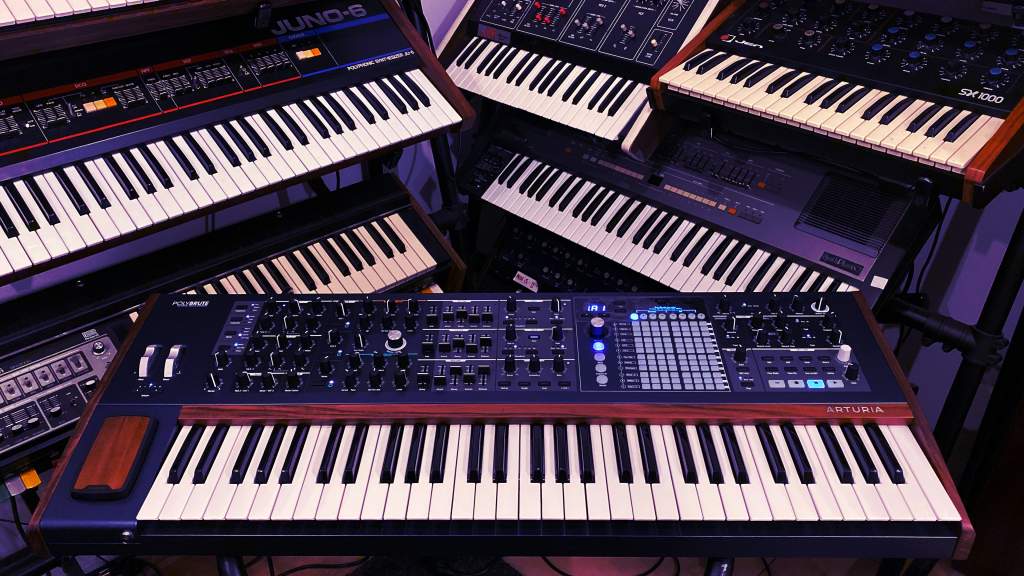
Choosing between a MIDI keyboard and a synthesizer depends on your needs, musical goals, and preferences. Here are some key differences to consider:
- MIDI Keyboard:
- Control and Management: A MIDI keyboard primarily serves as an interface to control other devices or music software. You can connect a MIDI keyboard to a computer or other musical device and use it to generate sounds, control virtual instruments, adjust sound parameters, and effects, etc.
- Sounds: MIDI keyboards typically do not generate sound on their own. You need to connect them to a sound source, such as a computer, sound module, or synthesizer, to hear sounds.
- Versatility: MIDI keyboards are very versatile because they allow for control of various sounds and virtual instruments and are more flexible in terms of configuration and customization.
- Synthesizer:
- Sound Generation: A synthesizer is a standalone device or software that can generate its own sounds. Synthesizers can have built-in sounds or allow the creation of new sounds using various synthesis techniques.
- Keyboard and Control: Many synthesizers have built-in keyboards, meaning you can play them without needing an external MIDI keyboard. Additionally, synthesizers often offer various physical controllers such as knobs, sliders, and pads, allowing direct sound shaping.
- Specific Sounds: Synthesizers may have specific sounds and sound characteristics different from typical acoustic instruments or virtual sounds. This can be attractive if you are looking for unique sounds for your music.
In summary, the choice between a MIDI keyboard and a synthesizer depends on whether you are more interested in controlling and managing sounds or generating your own sounds. A MIDI keyboard is more versatile and ideal for controlling music software and other devices, while a synthesizer may be appealing if you want to experiment with unique sounds and play on a standalone device.
MIDI Keyboards up to 100 USD
There are various MIDI keyboards available in different price ranges, including up to 100 USD. Here are some suggestions within this price range:
- M-Audio Keystation Mini 32 MK3: A compact MIDI keyboard with 32 small keys, ideal for travel and simple melodic parts.
- Nektar Impact LX25+: A MIDI keyboard with 25 keys, knobs, and buttons, offering basic control over music software.
- Alesis V25: A keyboard with 25 keys and controllers, also featuring drum pads, offering a fairly extensive set of features at an affordable price.
- Akai Professional LPK25: A very compact MIDI keyboard with 25 small keys, ideal for those needing a simple interface for music creation.
- Arturia MiniLab MKII: A compact MIDI keyboard with 25 keys, knobs, pads, and buttons, compatible with Arturia Analog Lab Lite software.
- Behringer U-Control UMX250: A MIDI keyboard with 25 full-size keys, knobs, and controllers, a more traditional option for those who prefer larger keys.
MIDI Keyboards up to 500 USD
Here are some suggestions for MIDI keyboards in the price range up to 500 USD offering greater functionality and better quality than cheaper models:
- Arturia KeyLab Essential 49: A MIDI keyboard with 49 keys, controllers, pads, and knobs, including Arturia Analog Lab Lite software and the ability to map to other virtual instruments.
- Native Instruments Komplete Kontrol M32: A compact MIDI keyboard with 32 keys, designed to work with Native Instruments software, offering deep integration with virtual instruments.
- Novation Launchkey 49 MK3: A MIDI keyboard with 49 keys, drum pads, and controllers, ideal for those looking to create electronic music and control music software.
- Akai MPK249: A MIDI keyboard with 49 keys, pads, controllers, and a built-in display, providing extensive control over sounds and effects.
- Nektar Panorama T4: A MIDI keyboard with 49 keys, knobs, buttons, and a touch screen, officially integrated with DAW software and support for virtual instruments.
- M-Audio Hammer 88: If you are interested in a full set of 88 keys, this model offers a weighted piano-style keyboard, providing basic controllers and excellent control over sounds.
- Behringer Poly D: If you are looking for something more innovative, the Behringer Poly D is an analog synthesizer with 37 keys, offering many sound-shaping possibilities.
Before purchasing, I recommend checking reviews, user opinions, and thoroughly understanding the features offered by the chosen models. Make sure the keyboard or synthesizer meets your expectations and provides the tools you need for creating music.
Conclusion
When choosing a MIDI keyboard, it is essential to understand your musical needs and preferences. Whether you need it for controlling software, creating electronic music, or more traditional applications, strive to choose a keyboard that best matches your playing style and musical creativity.




